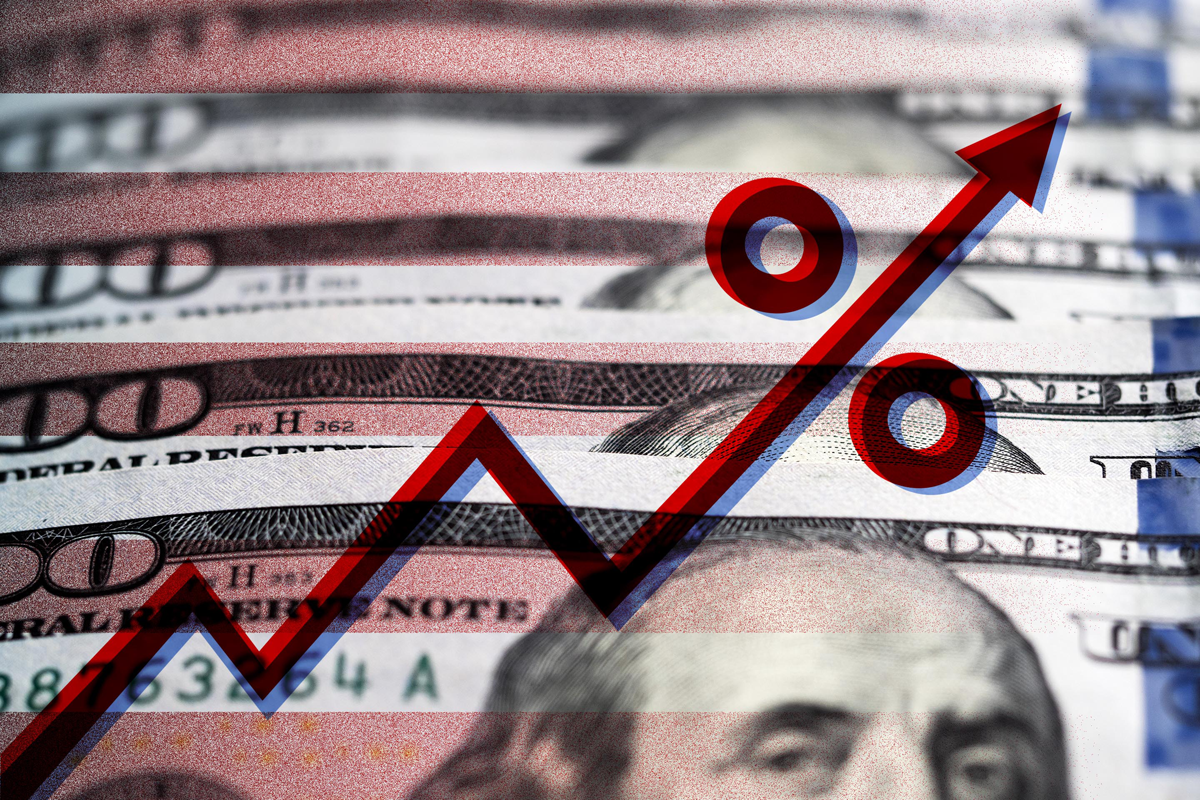The Federal Reserve on Wednesday approved the fourth straight jumbo increase in its benchmark interest rate, extending a rapid pace of hikes that brings the rate to the highest level in 15 years.
For the first time, the central bank also signaled it would watch closely whether this rapid pace might eventually damage the economy with a “lag.”
By a unanimous vote, the Fed hiked its rate by 0.75 percentage points to a range of 3.75% to 4%.
In new language, the Fed it expects to continue with further rate hikes “until they are sufficiently restrictive to return inflation to 2% over time.”
The Fed also said it will “take into account the cumulative tightening of monetary policy, the lags with which monetary policy affects economic activity and inflation, and economic and financial developments.”
After the Fed raised rates at the fastest pace in 40 years, some economists have warned that the central bank could overdo rate hikes and damage the economy. And the Fed noting that it was watching “financial developments” is a nod to risks the strong dollar is putting on the global economy.
In September, the Fed penciled in a half-point rate hike in December but that could change. Economists say the eventual size of the move will depend on the economic data. There will be two unemployment reports and two consumer price inflation prints before the next Fed policy meeting on Dec. 13-14.
The conventional wisdom is that the Fed will reduce the speed of hikes to a half a percentage point next month and then a final quarter point hike early in 2023.
That would bring the peak Fed funds rate in a range of 4.5%-4.75%. However, inflation has been so strong recently that some economists are now penciling in a higher terminal rate of 5% or higher.
The latest reading of core consumer inflation reached a high of 6.6% in September, the strongest increase since 1982.
A number of economists are calling for a recession next year. If there is a recession, economists warn the Fed won’t likely ride the rescue. The central bankers have indicated a desire to hold the benchmark rate at a high level to strangle inflation.













